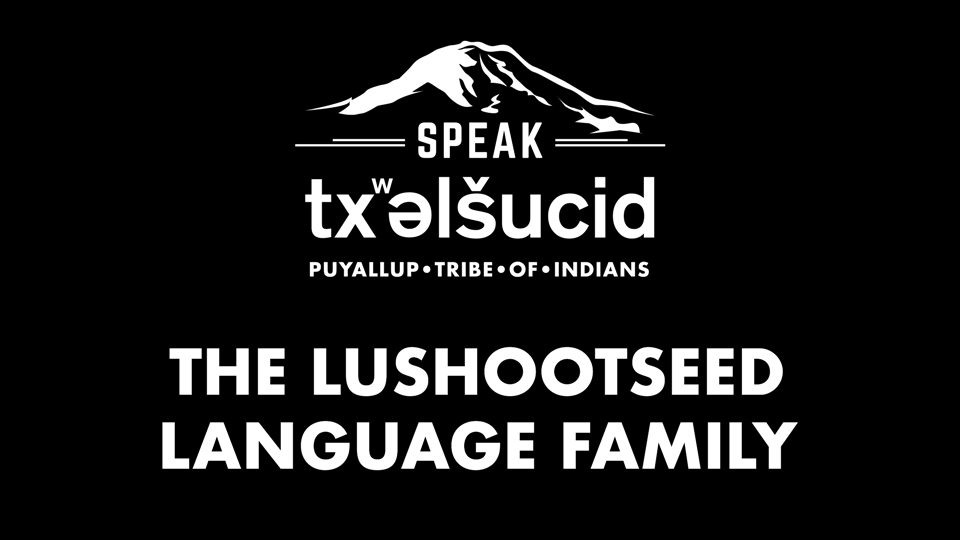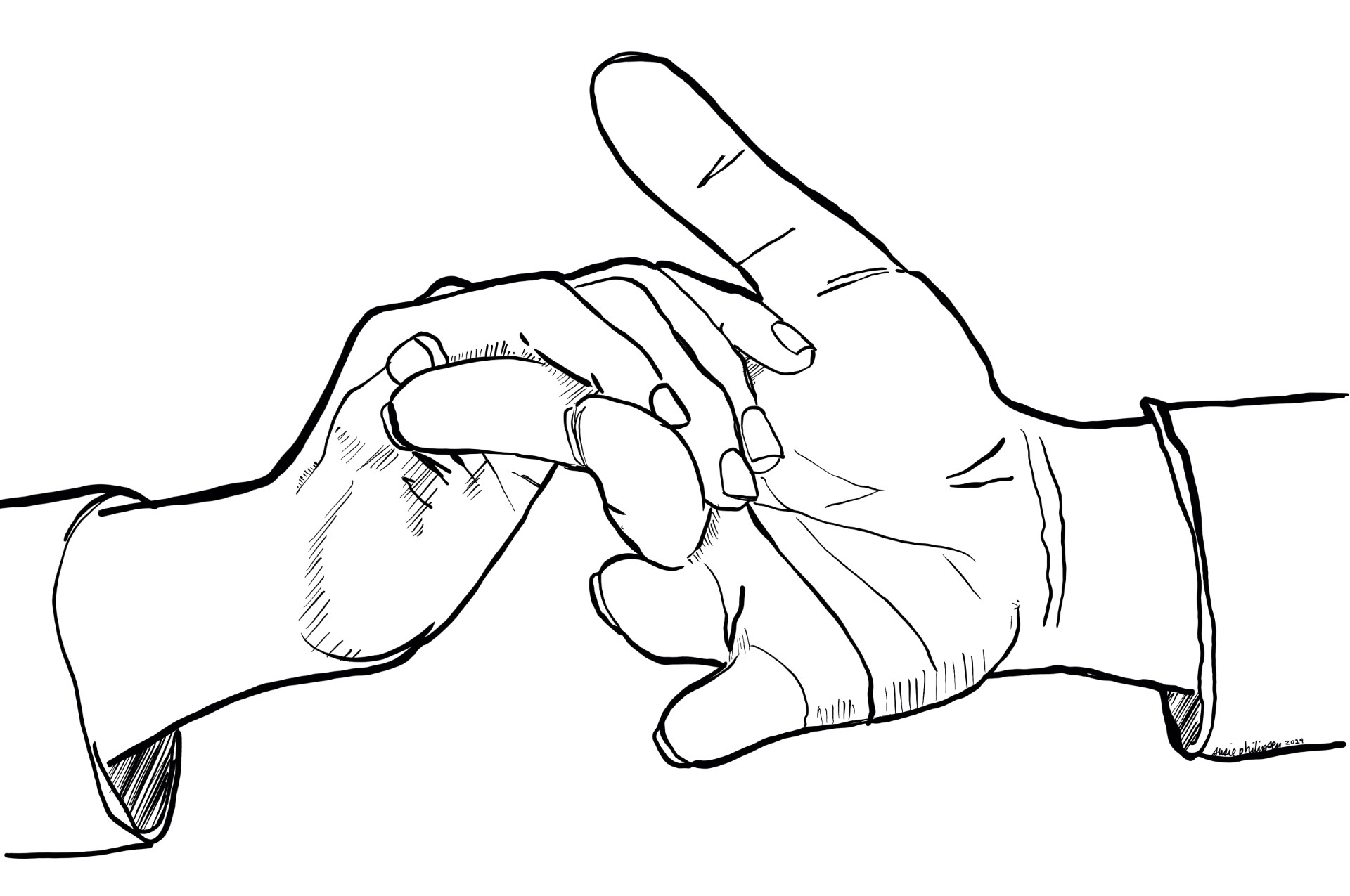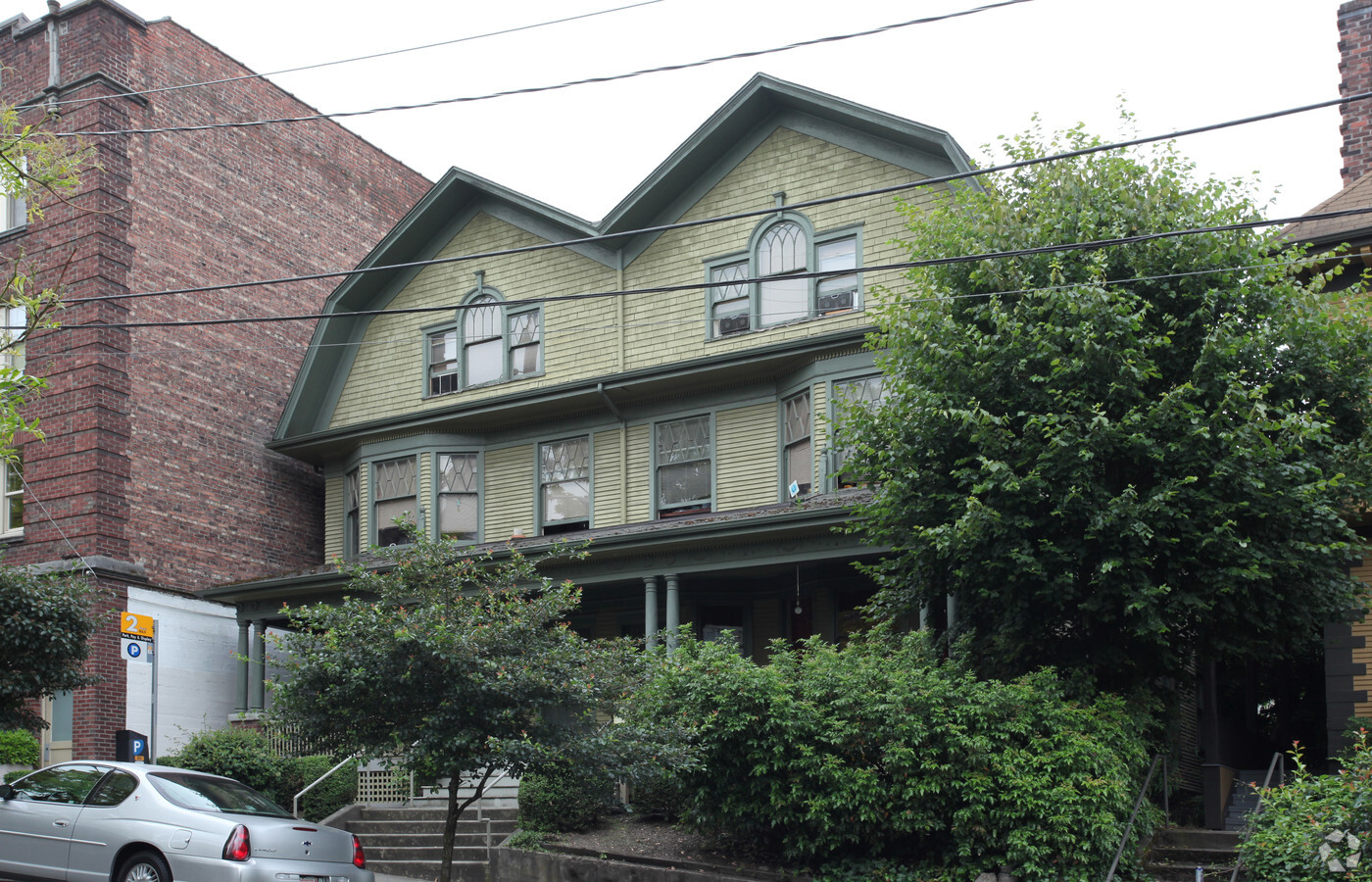 Vi Hilbert (Image credit: Yosef Kalinko and Winston O'Neil)
Vi Hilbert (Image credit: Yosef Kalinko and Winston O'Neil) In celebration of Native American Heritage Month, we are hosting a series of profiles and stories to amplify and honor people, businesses, organizations, stories, and projects connected to Seattle’s Indigenous community.
If you turned the clock back several hundred years, you would be surrounded by Coast Salish peoples speaking Lushootseed. Would you know how to say hello? ʔi čəxʷ or haʔɫ sləx̌il (Tulalip Lushootseed). Though the language has evolved to reflect a changing world, you could still use that greeting to say hello to thousands of people today. But Lushootseed, like many native languages, has been at risk of extinction.

According to the Puyallup Tribal Language channel, “there are thirteen different tribes in the Puget Sound area that speak Lushootseed.” Among those, several dialects are spoken that vary by geography, tribe family, and age of the speaker. One of those dialects is Southern Lushootseed, which “was traditionally spoken by the peoples of Duwamish, Snoqualmie, Muckleshoot, Puyallup, Nisqually, Squaxin Island, Suquamish, and their neighbors. Only a handful of first language speakers remained by the 1990s — all have since passed away — and the language was at risk of disappearing,” writes Nancy Joseph in A Puget Sound Language Returns. But if you happened to hear students chatting in Lushootseed on the UW campus or stumbled upon the Puyallup Tribe’s Halloween videos on YouTube, you’d know that Lushootseed is very much alive.
The Coast Salish peoples are on a journey to preserve and enliven the languages spoken in their ancestral home by passing them down through storytelling, practice, and offering instruction to anyone who is interested.
It wasn’t always possible for anyone to learn Lushootseed. Since the 1800s, coinciding with the decline of the Native population at the hands of white settlers, the languages of the Puget Sound were spoken less and less and by fewer people. It has taken the spirit and tenacity of local Lushootseed speakers and supporters who have worked to keep the language alive through storytelling, song, and teaching. One of those heroines and storytellers was Vi Hilbert (Taqwseblu). As a fluent speaker of Lushootseed (the Northern dialect) and teacher of Lushootseed at the University of Washington in the 1980s, she was instrumental in passing along knowledge of the language. She is the co-author of the Lushootseed Dictionary and is known for her storytelling.
Many others worked alongside Vi and have continued to carry the torch. Getting instruction on the basics is possible on the Tulalip Tribe’s Lushootseed website. Through a vast collection of videos, pronunciation guides, and other educational resources, any person can hear stories, practice words and phrases, and find more resources for online and in-person classes and opportunities to practice. If you are interested in jokes and goofs, the Puyallup Tribal Language YouTube channel offers everything from a bilingual land acknowledgement to fun skits like “How are you feeling? – Lushootseed Emotions”.

Lushootseed looks and sounds very different from English. The structure of the language, the vocabulary, and especially the sounds require practice. “After you’re done practicing, you feel like your throat and mouth got a workout,” says Teuton, Chair of the American Indian Studies program at the University of Washington. The challenge of making new sounds hasn’t stopped students and staff at the UW from speaking and learning the language where it is offered.
Many languages spoken by Native American tribes have been lost as their speakers pass away. And with those languages, many stories and ways of seeing the world also pass. Those who know Lushootseed say that it reflects the Coast Salish environment and provides insights into the social structure of its people. Languages must be spoken and taught to new generations or they risk being gone forever. To that end, local tribal members have worked to get Lushootseed language instruction integrated into many of the schools on reservations and near reservations, offering a chance to keep the language alive.
The Lushootseed language brings unique insights and understanding of the ecology of the Pacific Northwest. Most importantly, it offers learners and speakers a chance to understand the land that supports them. Buffy Sainte-Marie of the Cree First Nation once said, “Language and culture cannot be separated. Language is vital to understanding our unique cultural perspectives. Language is a tool that is used to explore and experience our cultures and the perspectives that are embedded in our cultures.”
Many thanks to the Coast Salish people who have kept Lushootseed alive, and with it the many treasures of the Coast Salish culture that otherwise may have been lost.
huy’. – Until we meet again.


